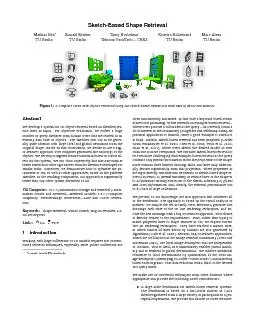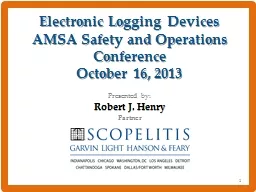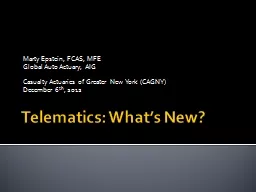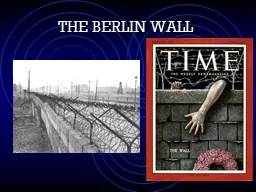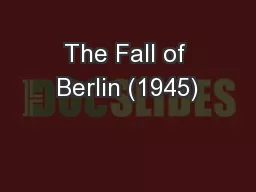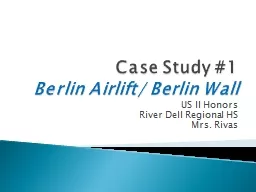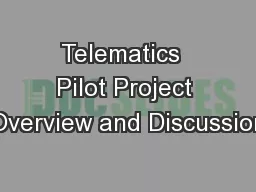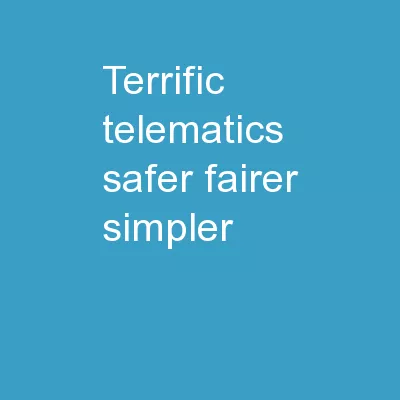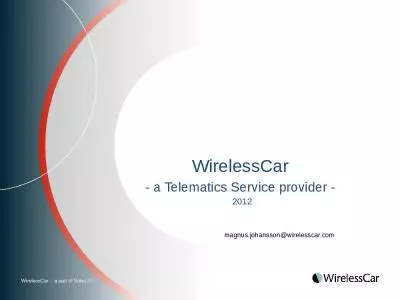PPT-Freie Universität Berlin - Computer Systems & Telematics
Author : firingbarrels | Published Date : 2020-06-23
Prof Dr Ing Jochen H Schiller wwwjochenschillerde schillercomputerorg Mobile Communications Summer Term 2018 Prof DrIng Jochen H Schiller wwwjochenschillerde
Presentation Embed Code
Download Presentation
Download Presentation The PPT/PDF document "Freie Universität Berlin - Computer ..." is the property of its rightful owner. Permission is granted to download and print the materials on this website for personal, non-commercial use only, and to display it on your personal computer provided you do not modify the materials and that you retain all copyright notices contained in the materials. By downloading content from our website, you accept the terms of this agreement.
Freie Universität Berlin - Computer Systems & Telematics: Transcript
Download Rules Of Document
"Freie Universität Berlin - Computer Systems & Telematics"The content belongs to its owner. You may download and print it for personal use, without modification, and keep all copyright notices. By downloading, you agree to these terms.
Related Documents



